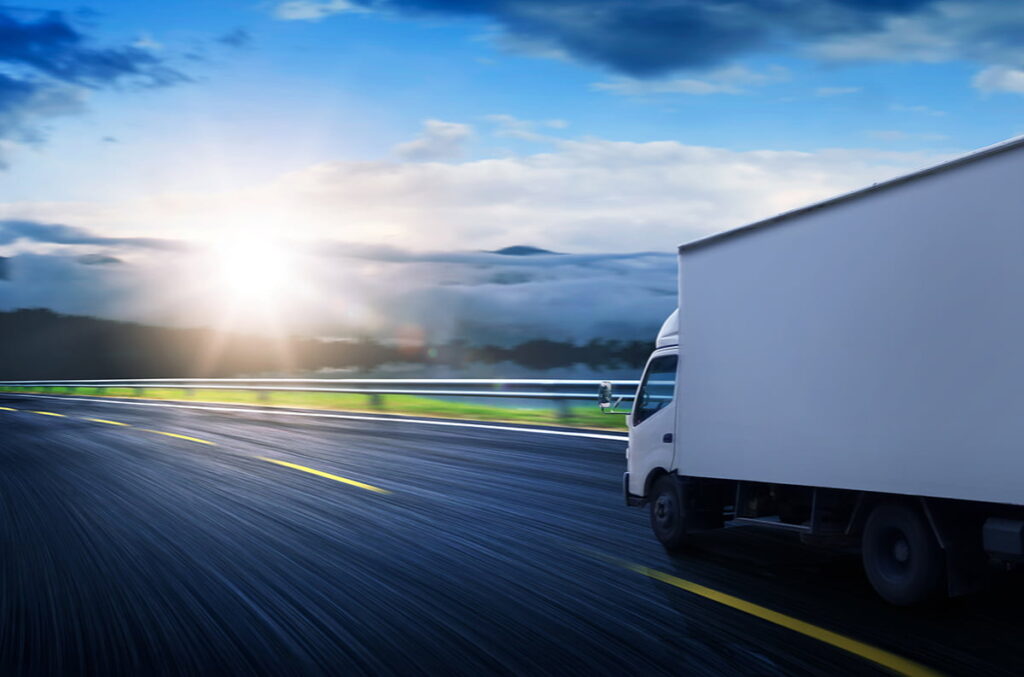Do you use an automobile in your trade or business?
Many people wonder how depreciation tax deductions are determined for these autos. The rules are complicated and oftentimes need special considerations to accurately determine the deduction for various categories of vehicles used in business.
Mileage rate vs actual expenses
If a standard mileage rate is used (which is 56 cents per business mile for 2021), no separate depreciation calculation needs to be done. The number of business miles driven in the entire year multiplied by the cents per mile will be the automobile deduction for the year. This rate includes the depreciation allowance for the vehicle.
If on the other hand actual expenses are used, then separate depreciation calculations need to be maintained until the business auto is fully depreciated. The deduction is spread over six years starting from the middle of the year when the vehicle is purchased until the middle of the sixth year. The depreciation percentages per year are as follows:
- Year 1 – 20%,
- Year 2 – 32%,
- Year 3 – 19.2%,
- Year 4 – 11.52% and
- After Year 4 – 6.56%
If the vehicle is used 50% or less for business purposes, then straight line method of depreciation must be used instead of the above-mentioned percentages.
For a passenger auto that costs more than the applicable amount for the year the vehicle is placed in service, you’re limited to specified annual depreciation ceilings. These are indexed for inflation and may change annually.
- Passenger autos placed in service in 2021 and cost more than $59,000 – Year 1 depreciation limit is $18,200 if first year bonus depreciation is elected ($8,000). Annual ceilings for later years are $16,400 (Year 2), $9,800 (Year 3), $5,860 (for all subsequent years) until the vehicle is fully depreciated.
- Passenger autos placed in service in 2021 and cost more than $51,000 – Year 1 depreciation limit is $10,200 if first year bonus depreciation is not elected. Annual ceilings for later years are $16,400 (Year 2), $9,800 (Year 3), $5,860 (for all subsequent years) until the vehicle is fully depreciated.
- These ceilings are proportionately reduced for any non-business use.
Heavy SUVs, pickups, and vans
This category of business autos gets more favorable depreciation rules as they are treated as heavy transportation equipment. A vehicle with a GVWR (gross vehicle weight rating) of more than 6,000 pounds falls under this category and many SUVs and pickups quickly pass this test.
After-tax cost
What’s the impact of these depreciation limits on your business vehicle decisions? They raise the “after-tax” cost of automobiles used in your business. That is, the true cost of regular equipment used in the business will be its actual cost reduced by the tax benefits enjoyed via depreciation deductions. To the extent these deductions are reduced (deferred to future years, actually), the tax benefits are less and the true cost is higher. It may be advisable to consider this factor in deciding how much to spend on automobiles used in your business.
There are additional rules if you lease an expensive business vehicle. Contact your Wegner CPAs professional if you have questions or want more information.


